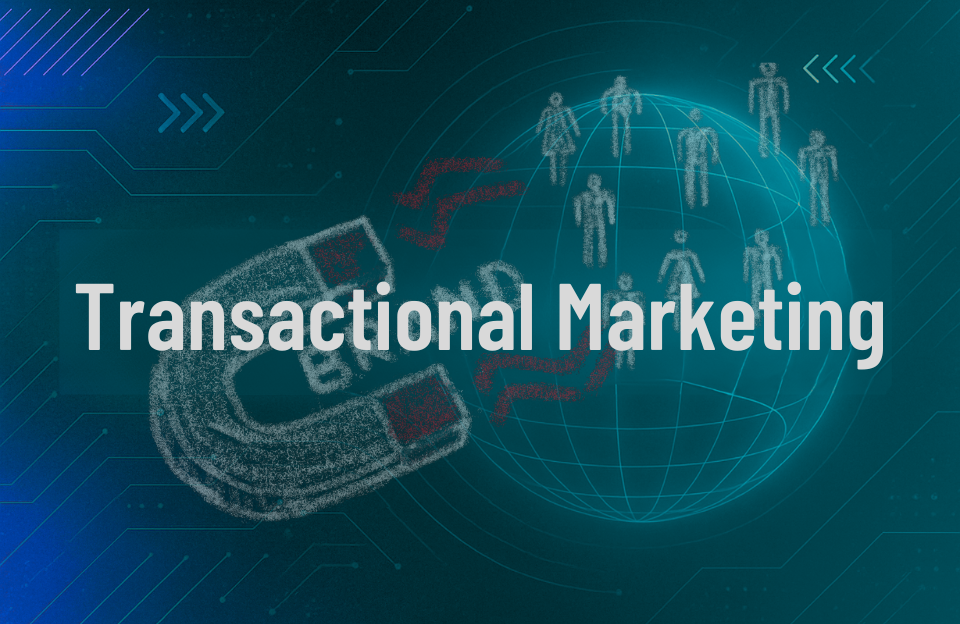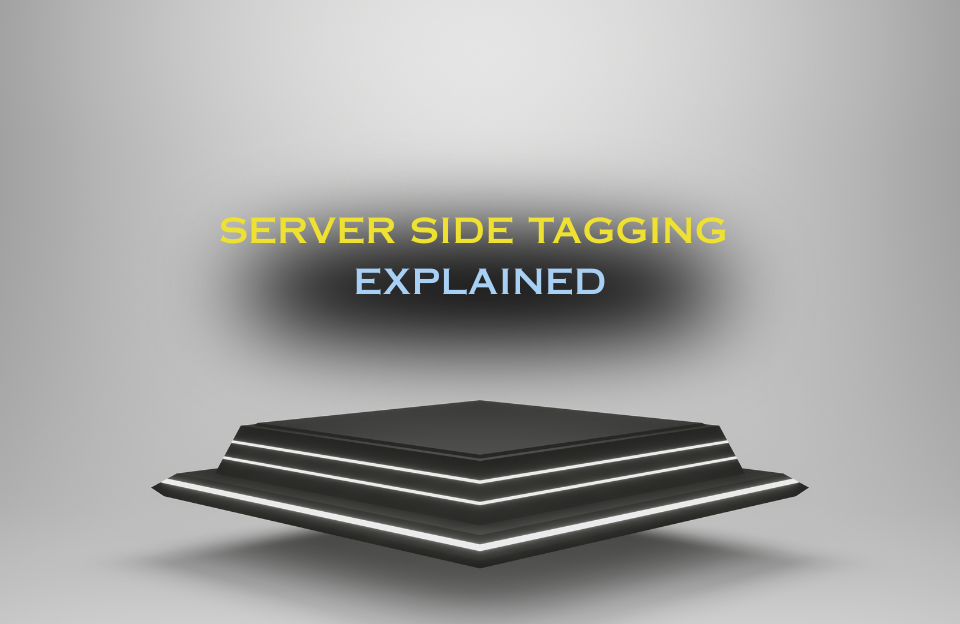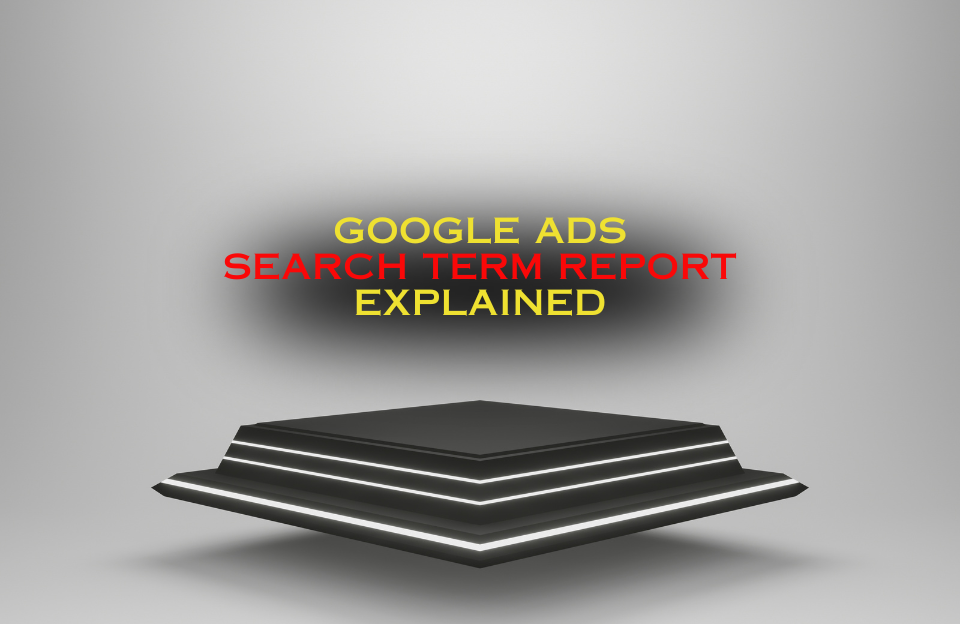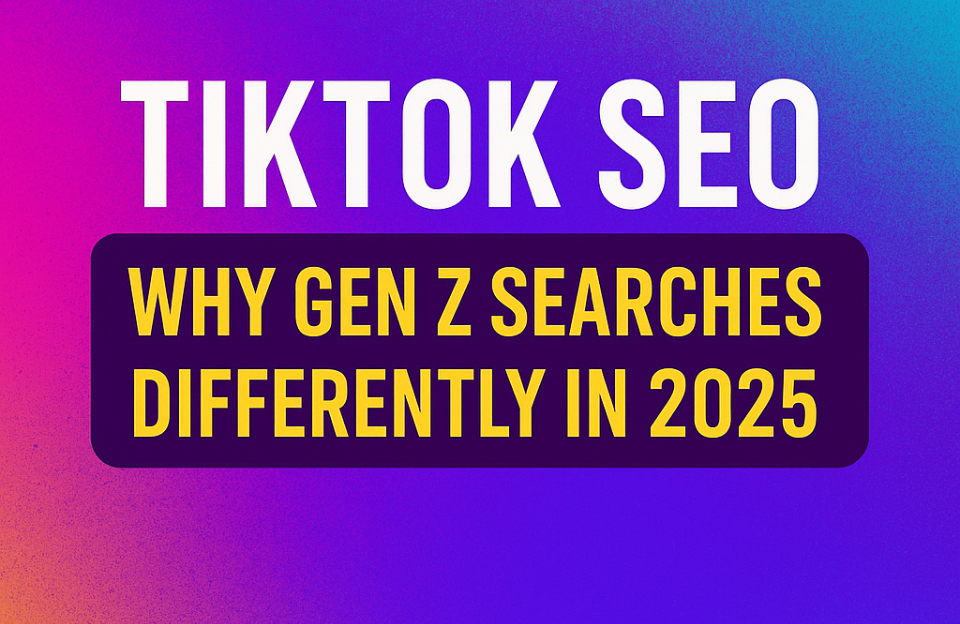While long-term loyalty and personalized engagement are trending in marketing, many businesses still rely heavily on quick wins and high-volume sales. This is where transactional marketing comes in.
Transactional marketing is a short-term, results-driven strategy that focuses on maximizing individual sales rather than building long-lasting customer relationships. It prioritizes volume, conversions, and price-based promotions over engagement or brand loyalty.
In this blog, we’ll explore what transactional marketing is, how it works, its advantages and limitations, and how it compares to more relationship-focused strategies.
1. What Is Transactional Marketing?
Transactional marketing refers to a marketing approach that aims to generate immediate sales by optimizing the buyer’s decision process. The primary goal is conversion turning a lead into a customer often through discounts, urgency tactics, or high-pressure messaging.
There is little to no focus on follow-up, retention, or long-term engagement. Once the sale is made, the interaction ends.
- One-time transactions
- Emphasis on promotions and pricing
- High-volume sales targeting
- Limited personalization
- Minimal post-purchase communication
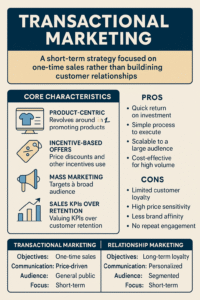
2. Core Characteristics
Product-Centric Approach
The strategy revolves around pushing products into the market, often focusing on features, specifications, and price points.
Incentive-Based Offers
Price discounts, flash sales, free shipping, and limited-time deals are commonly used to increase conversion rates.
Mass Marketing
Transactional campaigns typically use a broad audience targeting approach, such as TV ads, print flyers, or generic email blasts.
Sales KPIs Over Retention
Success is measured by short-term metrics like cost-per-acquisition (CPA), conversion rate, and immediate revenue.
3. When to Use Transactional Marketing
Transactional marketing isn’t necessarily outdated or ineffective—it’s highly suitable in several scenarios:
- Seasonal sales campaigns (e.g. Black Friday, holiday discounts)
- Commoditized products with little differentiation
- New product launches where the goal is fast reach
- E-commerce flash deals
- Short sales cycles or impulse-buy environments
4. Pros of Transactional Marketing
- Quick ROI: Campaigns can generate revenue in a short time span
- Simplicity: Less complex than loyalty-based strategies
- Scalability: Easily applied to broad audiences and large inventories
- Lower cost-per-sale when optimized well
5. Cons of Transactional Marketing
- Low Customer Retention: Customers are less likely to return without further incentives
- Price Sensitivity: Buyers trained by deals may avoid full-priced items
- No Brand Affinity: Customers remember the offer, not the brand
- High Churn Rate: Repeated one-time buyers increase acquisition costs over time
6. Transactional vs. Relationship Marketing
| Transactional Marketing | Relationship Marketing |
|---|---|
| Focus on single purchase | Focus on long-term loyalty |
| Price-driven communication | Value and emotion-driven |
| Limited personalization | Highly personalized |
| Mass targeting | Segmented audiences |
| Minimal post-sale effort | Ongoing engagement |
Example:
- A clothing brand offering a 30% discount for 24 hours (transactional)
- vs.
- A brand sending personalized style recommendations and loyalty points via email (relationship)
7. Real-World Examples of Transactional Marketing
Amazon Lightning Deals
Amazon frequently offers limited-time flash discounts that drive high urgency and massive short-term sales. The emphasis is on low prices and rapid decision-making.
Fast-Food Promotions
Think of “Buy 1 Get 1 Free” or limited-time meals from chains like McDonald’s or KFC. The goal is clear: fast conversions without focusing on repeat engagement.
Car Dealership Campaigns
Special financing offers or year-end clearance events are classic examples of transactional tactics used to move high-ticket inventory quickly.
8. Should You Use Transactional Marketing?
That depends on your business model and goals. Transactional marketing works well when:
- You need to boost sales in the short term
- You sell low-margin or commoditized products
- You’re entering a new market or launching a new product
- You want to complement a broader marketing strategy with quick revenue gains
But be cautious: relying solely on transactional tactics can leave your brand vulnerable in the long run. Building loyalty and brand equity is harder if customers only associate you with price cuts.
Conclusion
Transactional marketing can be a powerful tool when used in the right context. It delivers immediate results, works well for price-sensitive buyers, and helps move inventory fast.
However, sustainable business growth often requires a blend of both transactional and relationship marketing. Brands that balance short-term wins with long-term engagement are better positioned to grow profitably, retain customers, and build a loyal base that drives future revenue.
So the question isn’t whether to use transactional marketing, but how and when to integrate it into a smarter, multi-layered marketing strategy.
